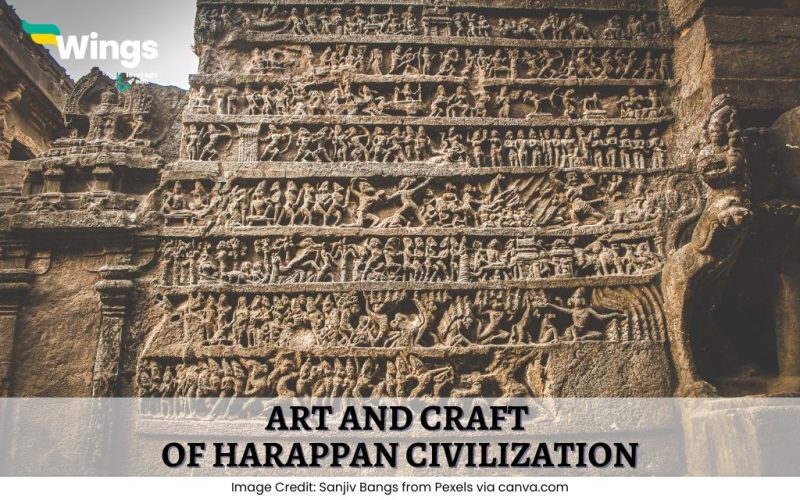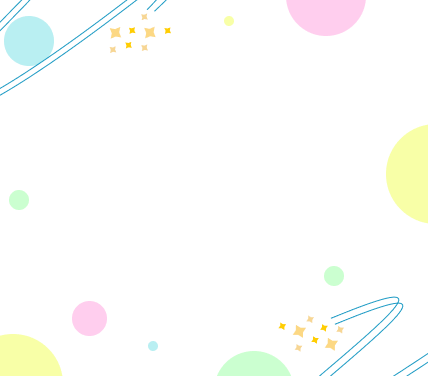Can you imagine that a thousand years ago, our world was filled with gorgeous pottery, detailed seals, and jewellery that could make your jaw drop? Trust me, it is not just a fantasy but the reality of the art and craft of Harappan Civilisation. When we look at the art and craft of Harappan Civilisation, we see more than just their impressive cities and drainage system; we also see one of the oldest urban cultures in human history, which wasn’t just about well-planned cities and drainage systems. It was a society deeply rooted in creativity, where pottery, seals, metalwork, and jewellery spoke volumes about their craftsmanship
To really understand their art, we should start by learning more about the Indus Valley civilisation crafts. Then, we can explore their remarkable techniques and the legacy they left behind.
Table of Contents [show]
Art and Craft of Harappan Civilization – Origin Facts

The Harappans didn’t appear overnight. They began as simple farmers by the Indus River around 7000 BCE. Over centuries, they slowly organised, forming regional cultures. Then, towns grew, and they started standardising things like pottery and writing. This gradual evolution – from small farming communities to larger settlements – was key. They learned to build, organise, and create. This slow growth is what ultimately paved the way for the unique and rich art and craft of the Harappan civilisation. Their artistic legacy is rooted in this long, steady development from simple beginnings.
1. Terracotta Art – Everyday Life in Clay

Some researchers say that the artistic nature of the Harappan people came out once after their development. They basically used clay (Terracotta), which was everywhere, to express themselves, showcasing the diverse art and craft of the Harappan Civilisation.
- Figurines and Their Stories: They were not just making simple clay figures; they used to make everything from mother goddesses that suggest fertility and domestic life to animals, which might be used in rituals or as toys for children. Each of these figures tells a story about their daily lives and beliefs. You can almost picture someone carefully crafting each detail.
- Pottery as Functional Art: Their pottery was not just for daily use; it was also used for beautiful decoration with geometric patterns and animal motifs. This also shows that people of the Harappan civilisation were more into aesthetics in their everyday lives. A society that cared about making their everyday item beautiful, highlighting the everyday aspect of the art and craft of the Harappan Civilisation.
2. Seals of the Harappan Civilization – Symbols and Secrets

Image source: Pinterest |
Those little carved seals from the Harappan civilisation are just amazing. I mean, the detail! They’re like tiny works of art, and just by looking at the picture of them, we can say how skilled they were.
- The Harappan Seals: So, these Harappan seals have animal pictures and writing we still can’t figure out. It makes us think that they really had a complicated way of communication. They probably used them for all sorts of things, like money or maybe even religious stuff.
- The Pashupati Seal: Then, there is the famous Pashupati Seal, found on the site of Mohenjo-daro around 2500 BCE, which shows a seated figure surrounded by animals. This seal hints at complex religious beliefs and practices, and it adds to the mystery of the civilisation and the complex nature of the art and craft of the Harappan civilisation.
- Precision in Miniature: The carving on those deals is super detailed, even though they’re tiny. That shows that their expertise was a major part of the art and craft of the Harappan civilisation.
3. Metalwork and Jewellery – Proof of Advanced Harappan Craftsmanship

People in the Harappan civilisation were good at working with metal. They made useful tools and beautiful jewellery, showing they had advanced skills.
- Tools and Technology: They used copper and bronze to make tools and weapons. This proves they understood metalworking well. That means their society was quite advanced in technology and had skilled artists and craftspeople.
- Ornaments of Prestige: The Harappans’ jewellery, created with gold, silver, and gemstones, displays a society with a desire for luxury and sophisticated art and craft. These beautiful items reveal a wealthy society and talented craftspeople, emphasising the luxury aspect of the art and craft of the Harappan Civilisation.
4. Stone Craft and the Enduring Legacy: Lasting Harappan Art

Even though they used stone less than terracotta, they still made sculptures and beads from it. It’s clear that the art and craft of the Harappan civilisation were both strong and durable.
- Sculptural Achievements: Some of the stone sculptures were also found by the researchers, like the “Priest King”, which also shows that they were very skilled in stone carving. But the “Priest King” is not the only amazing stone sculpture.
- The Male Torso, carved from red sandstone, is another incredible example. It shows a remarkable understanding of human anatomy and incredible skill in stone polishing. This sculpture, though missing its head and limbs, speaks volumes about their artistic abilities. These sculptures give some clues, like who ruled the Harappans and the social value of their art and craft.
- Beads and Weights: Making stone beads and weights with such exactness means they understood measurement and trade well. This standardisation of weights shows a complex trading system and the practical applications of the art and craft of the Harappan Civilisation.
Also Read:
- Arts of the Indus Valley | UPSC Art & Culture Notes
- Indus Valley Civilization: Time Period, Culture & Excavation Sites
Short Note on Art and Crafts of Harappan Civilization for Students
The art and craft of the Harappan Civilization reflect a society that blended creativity with daily life. Harappan artisans used terracotta to mould figurines of animals and mother goddesses, offering glimpses into their beliefs and rituals. Their pottery, often decorated with geometric and animal designs, wasn’t just functional, it was aesthetically refined. Intricately carved seals featuring animals and mysterious scripts point to a symbolic language and possibly religious practices. Metal tools, ornaments made from gold and semi-precious stones, and expertly crafted stone sculptures like the “Priest King” reveal advanced skills and artistic sensibility. Beads, weights, and precise measurements also highlight their knowledge of trade and standardisation. Each artefact tells a story – not just of craftsmanship, but of a culture that valued beauty, utility, and innovation.
To conclude, Harappan people were not just city planners; they seemed to be true gem artists. They were truly and heartily into art and craft, from simple toys to intricate jewellery, leaving behind clues about their lives and beliefs. From their legacy, we realise that even ancient societies valued creativity and skill. Those creations aren’t just things; they’re like little windows into the lives of people who found joy in making.
FAQs – Art and Craft of Harappan Civilization
The Harappan legacy includes urban planning, advanced drainage systems, trade, and a rich artistic heritage evident in their seals, jewellery, and pottery.
Harappan people were not just experts in town planning, but they were also experts in arts and crafts. Their beautiful pottery, jewellery, and carved seals were made up of beads, shells, and clay, which is proof of how skilled they were.
Chanhudaro and Lothal were prominent centres known for bead-making, shell work, and seal production.
If you look at today’s map, Harappan people settled in the area that’s now Pakistan and India, mostly around the Indus River.
A Bronze Age civilization known for its advanced urban planning, trade networks, and skilled craftsmanship, flourishing between 2600–1900 BCE.
Find more interesting reads below!
This was all about the art and craft of the Harappan civilization. If you find the read interesting and wish to read more, then stay tuned to the General Knowledge page of Leverage Edu.
 One app for all your study abroad needs
One app for all your study abroad needs















 45,000+ students trusted us with their dreams. Take the first step today!
45,000+ students trusted us with their dreams. Take the first step today!
